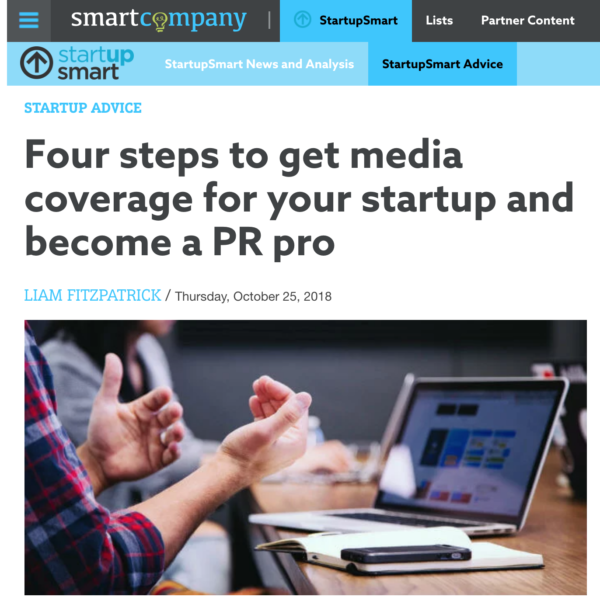Tag: media
-

Four tips to become a DIY PR Pro
This article was originally published on Smart Company. The results are in. And startups across Australia have spoken. Media coverage is the number one need for founders in the next six months according to the latest Startup Muster report. So you’ve got a great product, what do you do next? Well at the very early…
-
Cut the Cliches – Episode Three – Steve Sinha
Data. It’s the new battleground. We’re producing more than ever – 90% of all data in existence was created in the last two years, according to an IBM Marketing Cloud report. And that was at the end of 2016! So how can we make the most of it? And what do marketers need to know…
